CSS Online
Our CSS Online course provides flexible, comprehensive training in modern web styling techniques. You'll master responsive design, CSS3 features, Flexbox, Grid, animations, and preprocessors through interactive online modules and hands-on projects.
Course Highlights
Skills You'll Gain
- Apply CSS3 colors, gradients, and animations
- Create rounded corners and transformations
- Use web fonts with @font-face
- Design multicolumn layouts
- Implement Flexbox for flexible layouts
- Build complex layouts with CSS Grid
- Enhance UI with transitions and effects
Our Graduates Work At



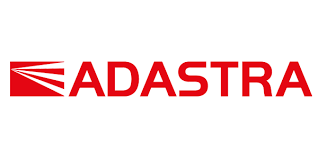

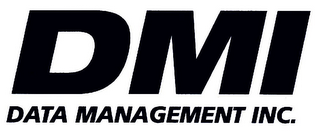
Course Curriculum
- Introducing CSS3
- CSS3 Colors, Gradients and Multiple Backgrounds
- Rounded Corners and Border-Radius
- CSS3 Transforms
- Transitions
- Animations & 2D Transformations
- Web Fonts with @font-face
- CSS3 Multicolumn Layouts
- Develop a web page that enhances the richness of the page using CSS3,colours,gradients,border radius,animation,transformations and transitions.
- Introduction
- Box Model basics
- Container
- Direction
- Wrapping
- Justifying & Alignments
- Display order
- Flexibility
- Alignment
- Create a page that displays product gallery layout coded with flexbox.
- Introduction
- Grid Layout
- Grid Elements
- Placing Grid Lines
- Attaching Elements to the Grid
- Order and Align Items in Grid Layout
- Grid Flow
- Opening Grid Spaces
- Create a page that displays product gallery layout coded with CSS grid.

Have Questions?
Book a free consultation with our experts
ICLP Certification
Earn a recognized credential that validates your technical expertise and opens doors to new career opportunities.
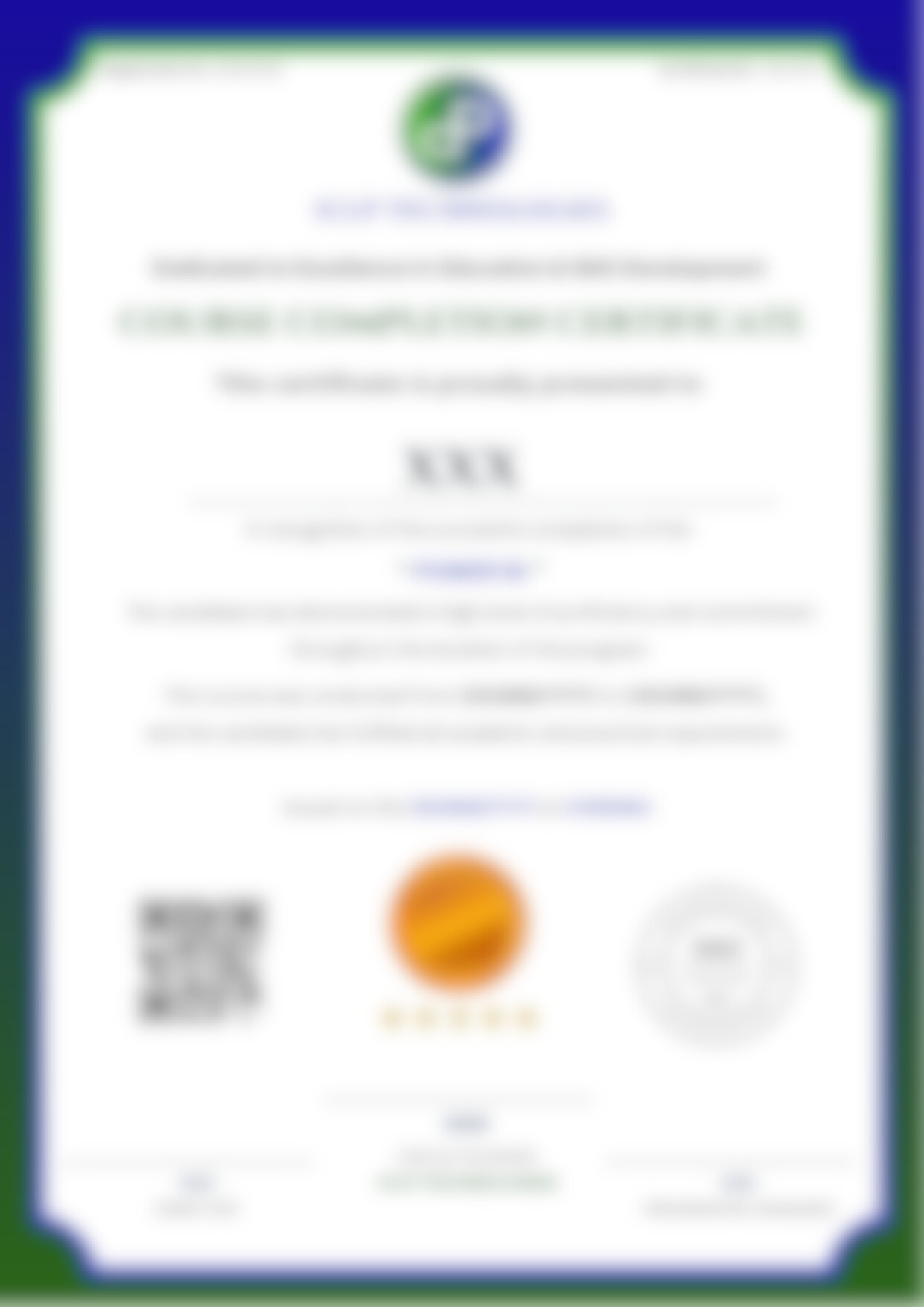
Why Learn CSS Online?
- Essential for web design
- Immediate visual results
- Creative outlet
- Good for responsive design
- Works with HTML and JavaScript
- No special tools required
- Good for UI/UX understanding
- Foundation for front-end development
- Continuous evolution with new features
- Wide range of applications
Our Hiring Partners
Top companies where our graduates work








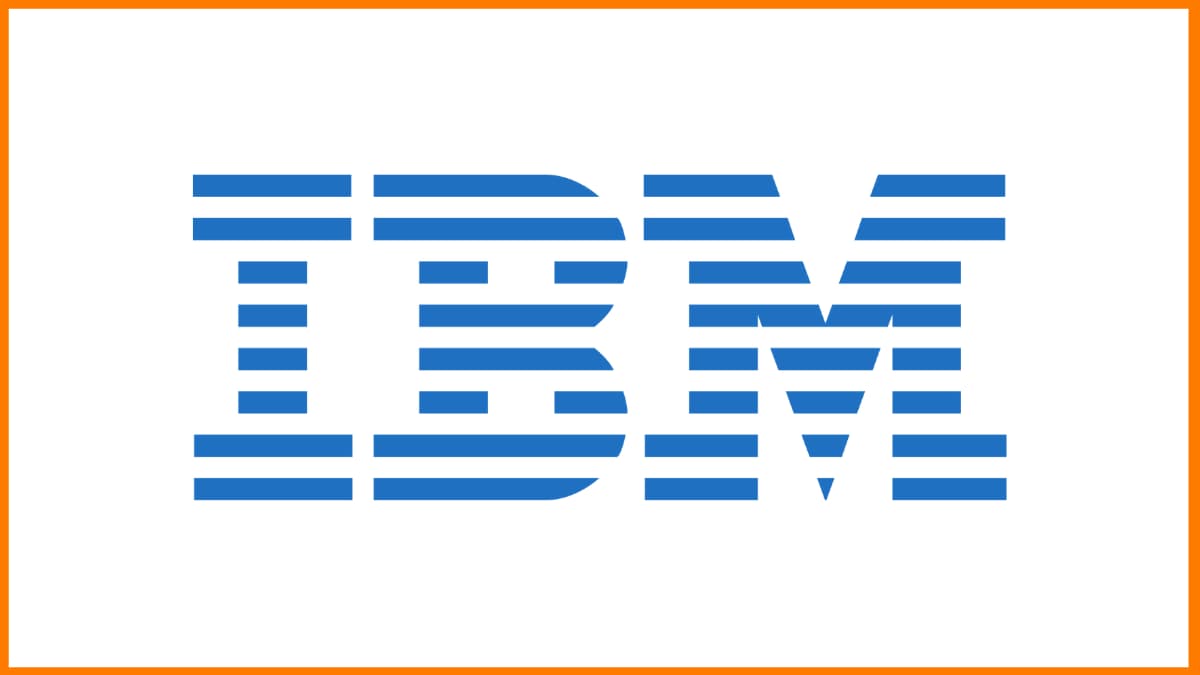

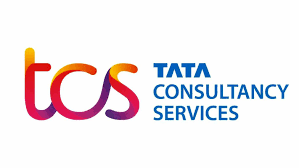



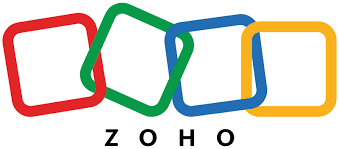
Reviews
Average rating: 4.8/5 (1,000+ learners)
CSS Online FAQs
Find answers to common questions about this course
CSS (Cascading Style Sheets) styles HTML elements, controlling layout, colors, fonts, and responsiveness. It separates content from presentation for better maintainability.
Inline (style attribute), internal (<style> in head), and external (separate .css file linked via <link>). External is preferred for maintainability.
Patterns that select elements to style: element (p), class (.class), ID (#id), attribute ([type="text"]), pseudo-classes (:hover), and combinators (space, >, +).
Padding is space inside an element's border, while margin is space outside the border. Padding affects element's background, margin doesn't.
Every element is a box with content, padding, border, and margin. box-sizing property controls whether width/height include padding/border (border-box) or not (content-box).
Rules with more specific selectors override others: inline > ID > class > element. !important overrides everything but should be used sparingly.
Flexbox is for 1D layouts (rows or columns), Grid for 2D. Both provide powerful alignment and distribution capabilities compared to traditional methods.
Custom properties (--main-color: blue;) reusable throughout stylesheets via var(--main-color), enabling easier theming and consistency.
Use media queries (@media) to apply styles based on viewport width, flexible layouts (%, fr, flex, grid), and responsive units (rem, vw) instead of fixed pixels.
Languages like Sass and Less that extend CSS with variables, nesting, mixins, and functions, then compile to standard CSS.
Ready to Start Your CSS Online Journey?
Limited seats available for the next batch
Explore Our Courses
Discover the perfect course to advance your career


